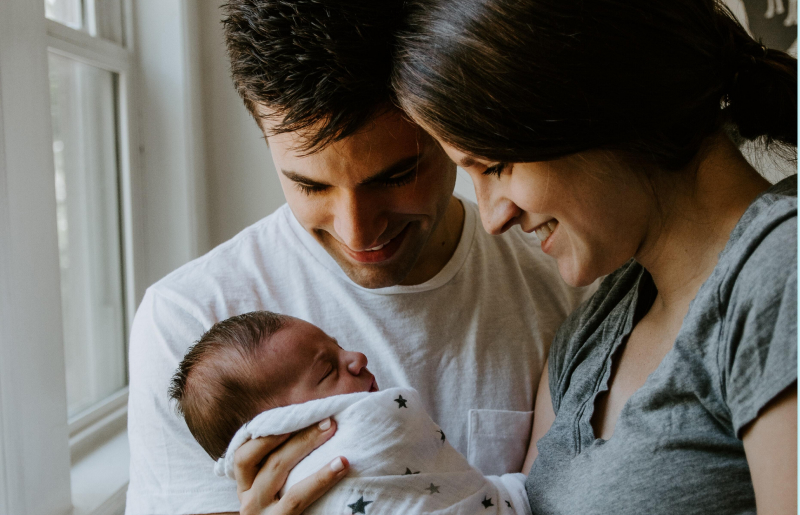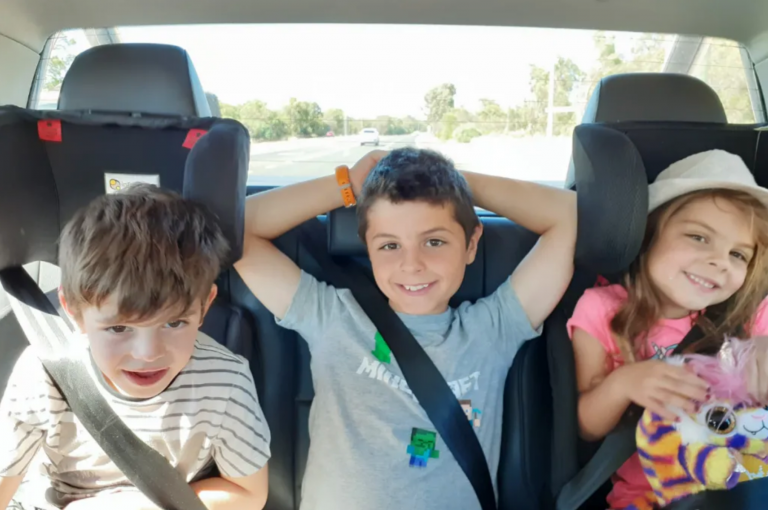Around the world, women still carry the load when it comes to the economic and social trade-off between work and care. And we all know that the only way to create a more equitable workforce and disrupt the antiquated message that the role of the caretaker sits with a mother is through Paid Parental Leave (PPL).
A country’s PPL scheme says a lot about how they perceive gender equality and the commitment they have to improve women’s position in the labor market. It also fosters a more equal division of unpaid care and paid work, and improves the family work-life balance for all types of families.
It also happens to make good economic sense: when more women participate in the workforce, more people are contributing to a country’s productivity.
While many countries are taking steps towards more substantial PPL schemes others, including Australia, have a long way to go. Discover which countries around the world are getting PPL right.
Finland
It suffices to say, Finland is really redefining parental leave with their new law that came into effect in September 2022. Under the Marrin government, the scheme offers each parent the same amount of leave — 160 days — plus one parent can transfer up to 63 days to the other. This means the total length of parental leave bumps up from just over 12 months to more than 14 months.
This new gender-neutral policy:
- Creates an equal distribution of childcare-related leave;
- Supports families of all configurations; and
- Makes leave and financial support more flexible as it accounts for the different needs of all family situations.
Norway
Norway has led the way for a progressive PPL scheme for many years. In fact, it was the first country to reserve paid leave specifically for fathers.
With the aim of creating more equitable access and encouraging fathers to take parental leave, Norway’s PPL includes 15 weeks of use-it-or-leave-it paid leave for fathers. Plus, new parents can take 49 weeks with 100% of earnings or 59 weeks leave with 80% of earnings.
Their government also uses targeted marketing campaigns showcasing celebrity dads on leave with their children, to increase the adoption rate. According to a Forbes article, this approach works, with up to 90% of Norwegian fathers taking parental leave!
Iceland
Despite its small size and population, Iceland also paves the way with generous PPL. Under their scheme, parents can access 39 weeks of paid leave with 80% of their salary. Each parent gets 13 weeks off and the remaining 13 weeks can be split between both or used to suit the needs of the family.
Sweden
Like its Scandinavian neighbors, Sweden is right up there when it comes to an equitable PPL. Both mothers and fathers can access up to 240 days of leave (over a year in total) at 80% pay. Parents can transfer up to 150 days of their entitlement to the other parent but they have to take a minimum of 90 days for themselves.
Germany
Outside of Scandinavia, Germany is one of the only European countries with a generous, contemporary PPL where parents are entitled to up to 3 years of leave to care for their child until they turn 3 years old. This can be claimed by both parents simultaneously or separately. For 12 months, the government pays 67% of the parent’s average income. Parents can also work up to 30 hours per week while on parental leave. Germany also has a bonus scheme to encourage fathers to take leave.
Lithuania
For a small country, Lithuania has managed to get their PPL right with both parents having access to 156 weeks off work. They have the choice of receiving 52 weeks’ leave with full pay or 104 weeks off at 70% pay.
Australia
On our own shores, Australia still lags behind in this space – in fact, behind the USA, we have the second worst government-funded PPL system in the developed world. Here, parents are entitled to a maximum period of 18 weeks at the national minimum wage.
Our current PPL feeds into structural, cultural, and economic barriers that have a direct impact on a women’s future economic security, so it’s little wonder that the 2022 Job and Skills Summit prompted mounting calls and lobbying of the government to raise the period from 18 to 26 weeks and scrap categories of ‘primary’ and ‘secondary’ carer to just ‘parent.’
If we look to other countries that have successfully shifted the gender pay gap dial and supported women to achieve their full potential, it’s pretty simple: we need to introduce better shared PPL.
If you’d like to learn more about how you can support your employees, click here to talk to us today.


